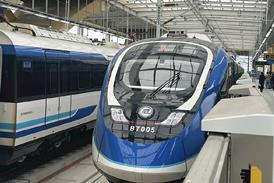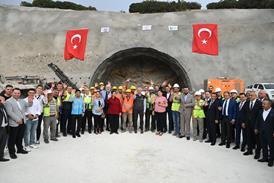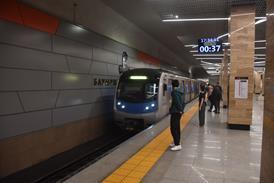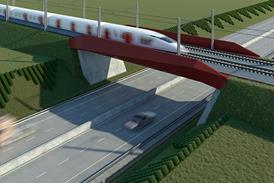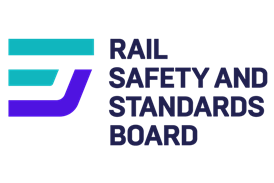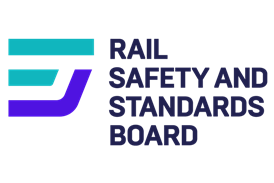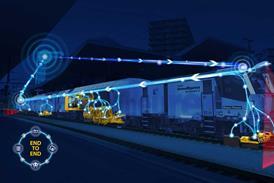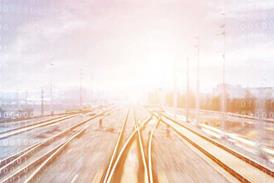Close menu
- Home
- News
- In depth
- Events
- Data
- Maps
- Tenders & Jobs
- Sponsored content
- Insights
Hydrogen inter-city trainset designed to replace diesels on non-electrified lines
By Railway Gazette International2024-10-02T11:00:00

INNOTRANS: China’s CRRC has unveiled its prototype Cinova H2 New Energy Intelligent Intercity Train, a hydrogen fuel cell powered trainset which it believes could replace diesel trains on non-electrified railways worldwide.
Already have an account? LOG IN
To continue…
You’ve reached your limit of content for the month
Get enhanced access to Railway Gazette news and weekly newsletters.
Site powered by Webvision Cloud

